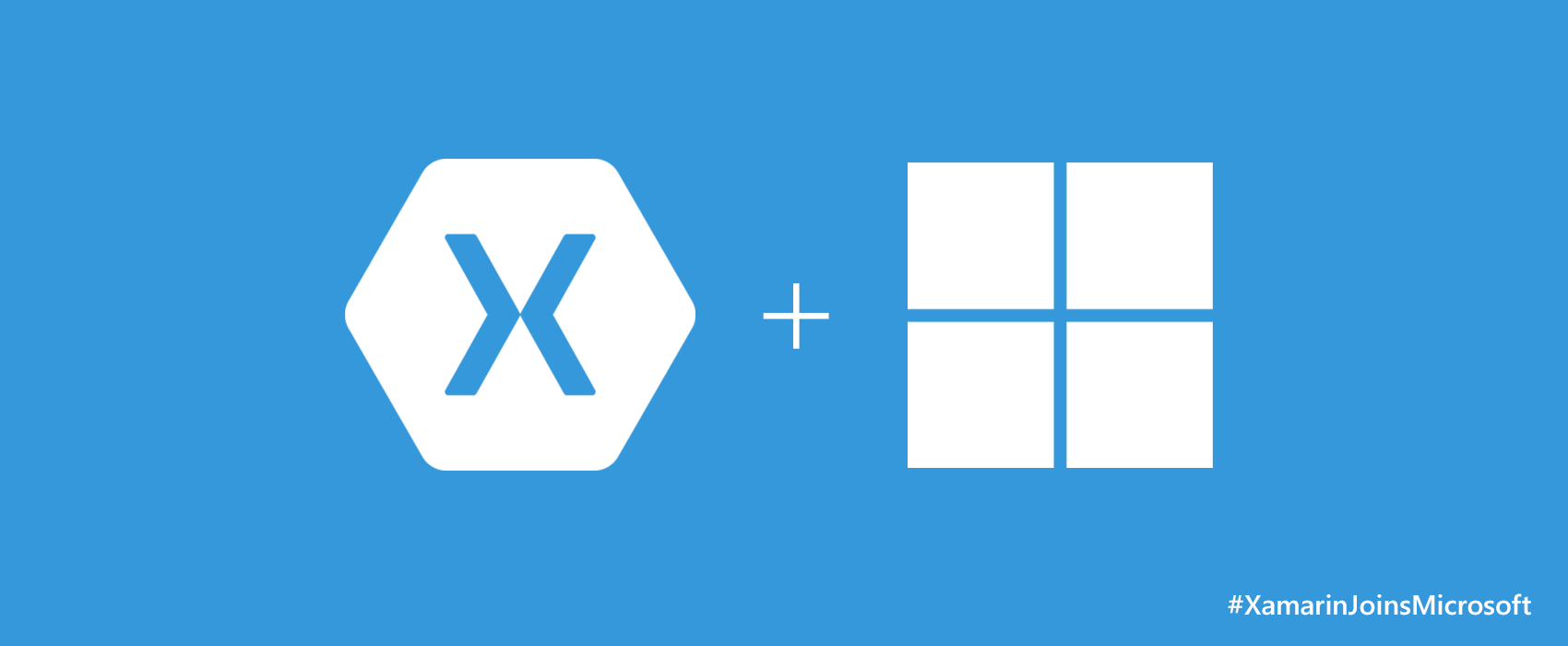
Microsoft kicked off day two of its Build Conference by talking about new features for the Microsoft Azure Cloud service. The company has invested billions of dollars to build out data centers for Azure around the world, and along with those Azure features, it announced the open-sourcing and free availability of recently acquired cross-platform tools from Xamarin.
Miguel de Icaza, cofounder of Xamarin and now a Microsoft employee, showed off the cross-platform capabilities of Xamarin. Microsoft’s Xamarin acquisition closed 10 days ago, and as of today, Xamarin will be available to all Visual Studio customers at no extra charge. That means all Visual Studio users will be able to build and deploy software to Android, iOS and Windows. Xamarin will be free in all versions of Visual Studio 2015, including free community edition and the Mac version. Microsoft is also contributing the Xamarin SDK to the .NET Foundation as an open-source project.
(Related: Bash and Ubuntu come to Windows)
On a side note, de Icaza intimated that he had finally completed the longest job interview of his life. His company was acquired by Microsoft earlier this year, bringing to a close the 16-year period since he had left his internship at Microsoft.
The .NET Foundation gained three new members today: JetBrains, Red Hat and Unity. With the release of Xamarin to open source, .NET becomes entirely available to the open-source community, from end to end.
Additionally, Mono has been relicensed under the MIT license. This brings the open-source reimplementation of the .NET environment into the open-source environment in general with only a single license. Previously, the runtime for Mono was dual-licensed: LGPL and commercial. With this change, everything under the Mono umbrella is also under the MIT License parasol. The commercial version of Mono, essentially, no longer exists.
This license change primarily applies to the Mono runtime, which was the only aspect of the suite that was previously under dual license. However, many Mono extensions are now available under the MIT license as well. This includes Generic Type Value Sharing, the ARM64 port of Mono, and the use of Apple’s CommonCrypto to implement cryptography classes in the .NET API.
News on the Azure front
Microsoft has seen 120,000 new Azure customers a month, and 1.4 million SQL databases are hosted in Azure. More than 5 million companies are using Azure Active Directory, and more than 4 million developers have registered with Developer Services.
Azure’s Internet of Things Hub was a major focus of Scott Guthrie, executive vice president of the Cloud Enterprise Group at Microsoft, and his keynote. While Azure IoT Hub has already been in the hands of users, Microsoft introduced a new feature that can be coupled with the IoT Hub to make it easier for developers to work with networked devices.
Azure Functions are similar to AWS Lambdas, being bits of code that can be run without the need for a server. Microsoft has taken them one step further, however, by including premade code snippets that can perform common IoT functions. An example on stage was of a temperature sensor being monitored in real time. The code to monitor that device was automatically generated, requiring no hand-coding to get the sensor info into a dashboard in Azure.
Other new services, such as Azure IoT Device Management Service and the Azure IoT Gateway Service, were also discussed during the keynote, but will be detailed later today during Build’s tutorial sessions.
For general Azure users, Azure Service Fabric will offer stateful and stateless microservices hosted in Docker. Azure Service Fabric is not limited to Azure, either, as it can be deployed to AWS, OpenStack and VMware. Azure Service Fabric has been available as a technology preview, but today it became generally available.
Azure’s DocumentDB was also updated at the show. A new pricing scheme allows it to be configured based on need, with prices scaled accordingly. DocumentDB now supports the MongoDB protocols, allowing developers to move their MongoDB apps into Azure on DocumentDB. Microsoft also introduced global DocumentDB replication capabilities within Azure.
Microsoft’s Power BI was upgraded to integrate into existing applications, allowing visualizations to be generated inside the app.
Microsoft’s vice president of the Windows Developer Platform, Kevin Gallo, said that Linux on Windows is just getting started. “This is early on with Ubuntu. It’s going to be a beta up front. We’ve done work, we know it’s not complete yet. We’ve done file system integrations via mnt,” he said.
“Everything that’s extensible in Linux, like sockets, are designed to be interoperable with other systems. One thing we might do in the future is figure out how do you have shared processes between the two? What we’re trying not to do is introduce a compatibility problem.”
Gallo said the ultimate goal is to supplant Apple as the maker of the most popular developer computer. Apple laptops are popular with Linux developers because they also use a Unix-based system, allowing Unix tools to be brought to bear on desktop coding environments.
Gallo said that the goal with Linux is to be better than Apple for developers who are using Linux. With access to Unix tools like grep, awk and sed, developers will be able to build and test their software locally on Windows machines, rather than having to use a Linux workstation or Mac.
Microsoft Build 2016 continues until the end of this week in San Francisco’s Moscone West convention center.





